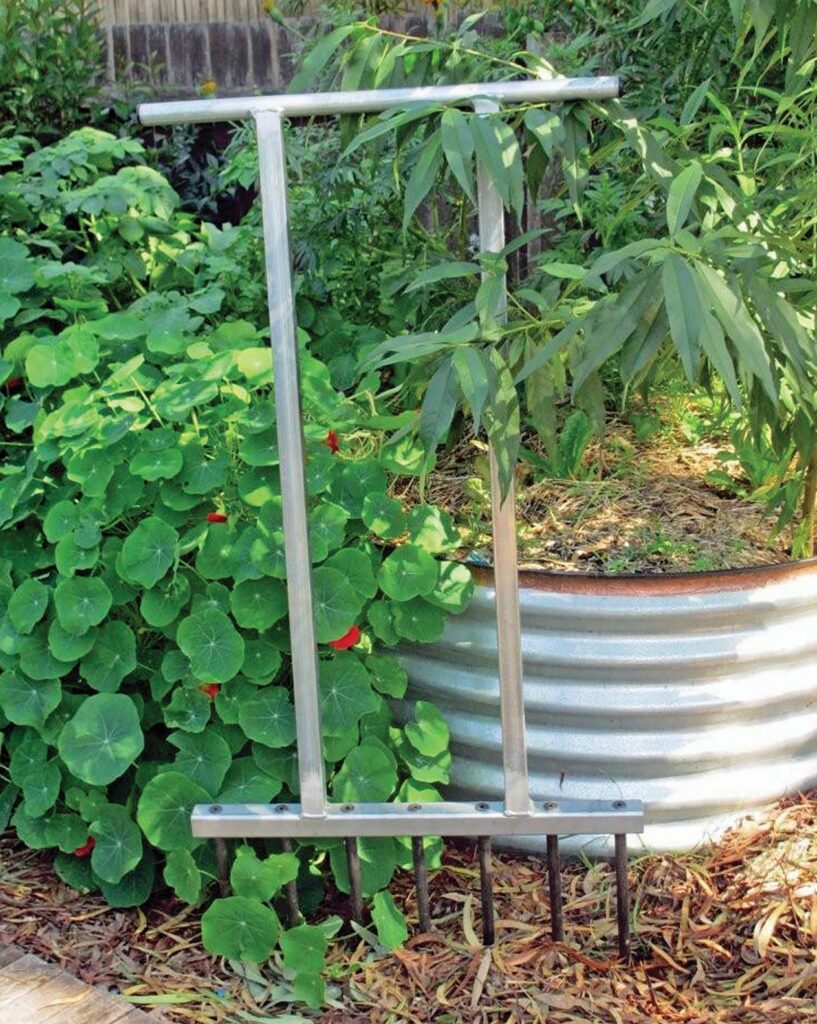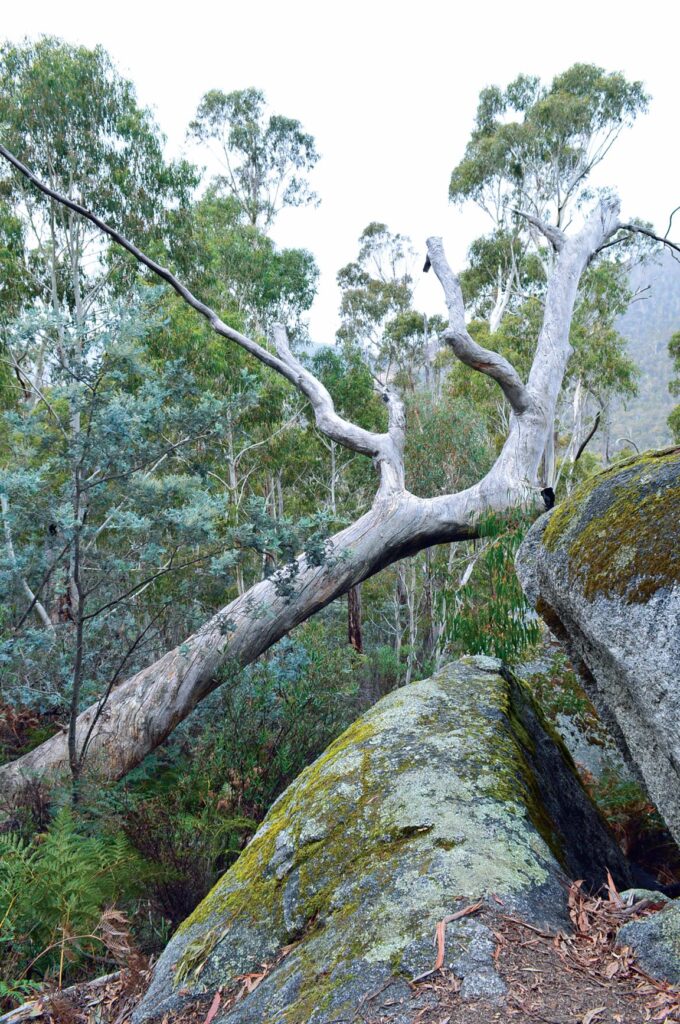Gardens are a living ecosystem with as much happening below ground as above. Caring for your plants and the soil they grow in will reward you with garden health and resilience.
Late autumn and winter is a great time to get into the garden and carry out seasonal bed maintenance and rejuvenation, ready for the following growing season. It’s also a handy time to start a brand-new bed, giving it time to settle in and soil life to work its magic before planting into it during spring.
Carry out the following:

- Remove and compost spent crops or send to green waste facility if diseased.
- Chop and drop weeds onto the soil’s surface, minus their seed heads. Weeds are full of nutrition and minerals, especially those which have deep tap roots. Alternatively, you can add them to your compost pile.
- Gently aerate soil with a garden fork or similar, avoiding plant roots. Simply push fork in and lever forward – doing so loosens compaction layer, allowing water, nutrients and air to be more easily absorbed into the soil.
- Add generous layer of aged organic matter (cow manure, compost, mushroom compost, quality veggie mix, etc.). Product doesn’t have to be aged if bed is rested for several months before planting into, however. Worm castings can also be sprinkled through beds. Castings are quite concentrated and full of good stuff for plants and soil microbes. Another option is to dilute one tablespoon of worm castings per nine litres of water and apply generously to soil surface. Remove spout before applying as castings will block the flow.
- Check soil pH with a Manutec testing kit or similar and remedy if needed. Avoid pH soil testing probes unless they are top quality as they are inaccurate.
- Mulch, preferably with organic products such as lucerne hay or straw, to protect and improve the soil. Only a shallow layer of a few centimetres is needed during cold weather as you want the sun’s rays to keep the soil as warm as possible.
- Starting a new bed – carry out site assessment including aspect, slope, predominant summer and winter winds, and soil type and quality (soil percolation test, soil texture analysis test, soil pH test). Site analysis will help you select the best suited plants for your new bed, better-understand your soil type including strengths and weaknesses, and any relevant improvements you can make. For example, a compacted clay soil can be improved through judicious cultivation, loads of organic matter and mulch (or a green manure crop if time permits), and limiting future foot traffic to designated path areas.

Help protect our woodlands
Did you know the ACT has more than 79,000 hectares of lowland and subalpine woodlands? These areas provide critical habitat for a diverse array of plant species and native animals. We have a responsibility to the local and national community to protect and manage these areas effectively.
A new draft ACT Native Woodland Conservation Strategy to guide management over the next 10 years is open for community comment until 24 May. The ACT Government is keen to hear perspectives from anyone interested in our woodlands.
Comment on the strategy until 24 May at yoursay.act.gov.au
For more:








